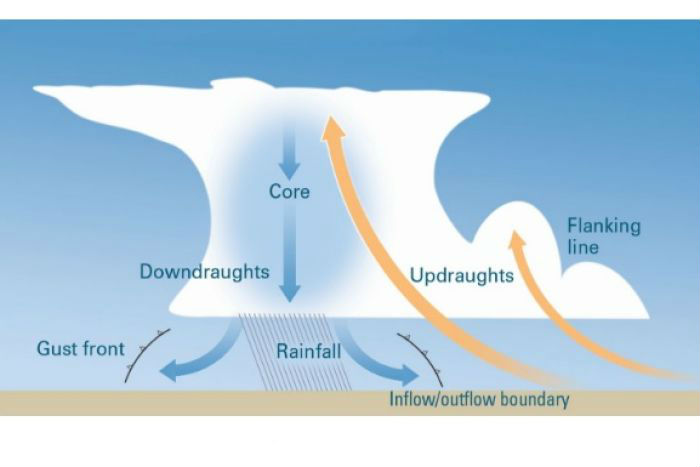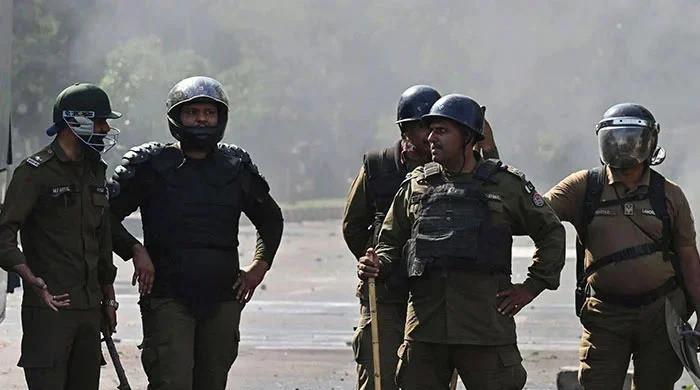Hailstorm, nocturnal showers lash parts of Karachi
Hailstorms followed rain in some parts of the metropolis
December 18, 2017
KARACHI: Nocturnal showers amidst thunder coupled with streaks of lightning bolts across the heavily overcast night-sky whipped parts of Karachi in the wee hours of Monday.
The downpours abetted by gusty winds were reported from Kharadar, Defence, Shahrah-e-Faisal, Saddar, I I Chundrigar and adjoining areas.
Hailstorms followed rain in some parts of the metropolis, sending a wave of chill across the city.
Meteorology Department has forecast this rain spell is likely to continue for the next 12 hours.
The sudden cloudburst dampened roads causing those commuting on motorcycles to slip.
Siberian winds
The Met Office has said Siberian winds are likely to continue in Karachi until Monday afternoon. These winds, coming from the northeast, may increase up to 45km/h.
It was further said that rains are expected in parts of Makran and Malakand divisions, Gilgit-Baltistan and hilly areas on Monday.
During the last 24 hours, the lowest temperature across the country was recorded in Kalam at -9°C, the Met Office added.
Hail formation
Hail is a form of precipitation that occurs when updrafts in thunderstorms carry raindrops upward into extremely cold areas of the atmosphere where they freeze into ice.
“Hail forms when thunderstorm updrafts are strong enough to carry water droplets well above the freezing level. This freezing process forms a hailstone, which can grow as additional water freezes onto it. Eventually, the hailstone becomes too heavy for the updrafts to support it and it falls to the ground,” according to The National Aeronautics and Space Administration (NASA) website.

The size of the hailstones is determined by moisture available below the storm and speed of updraft. “If the updraft is strong enough, small stones will continue to be tossed upwards and grow until they become large enough for to gravity pull them down,” according to ABC news.
The collision of stones during the cycle of formation leads to the creation of misshaped hailstones.











